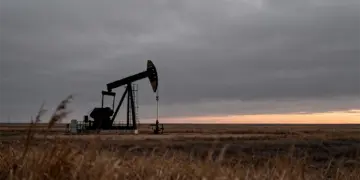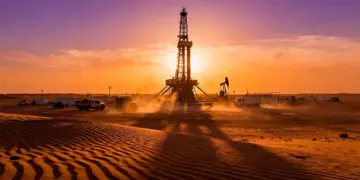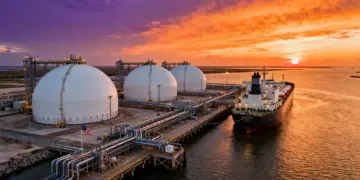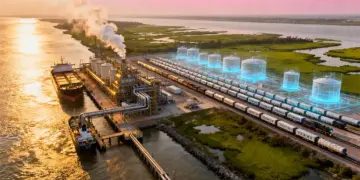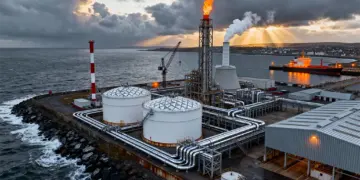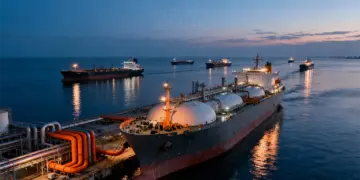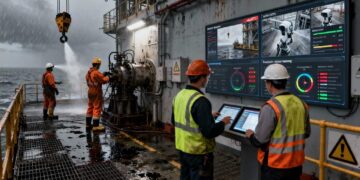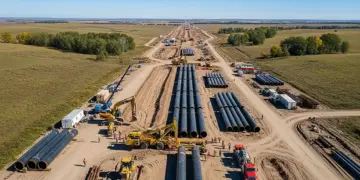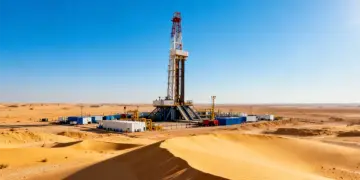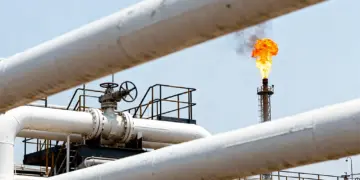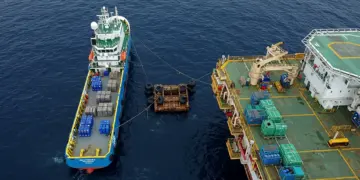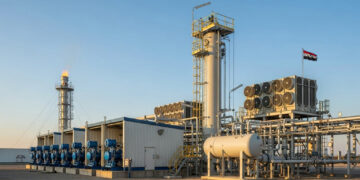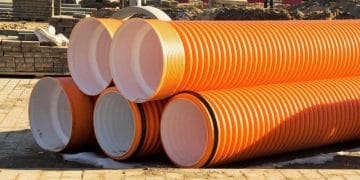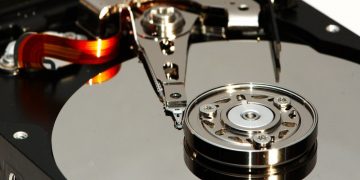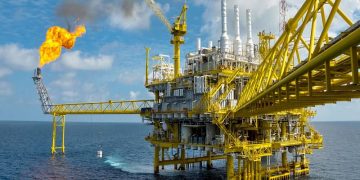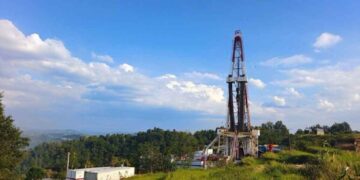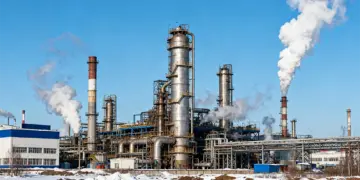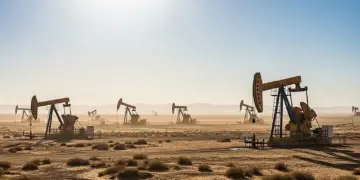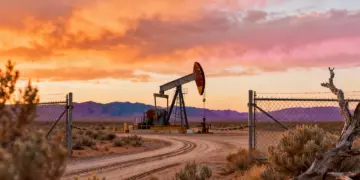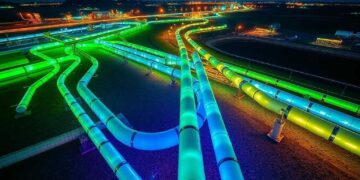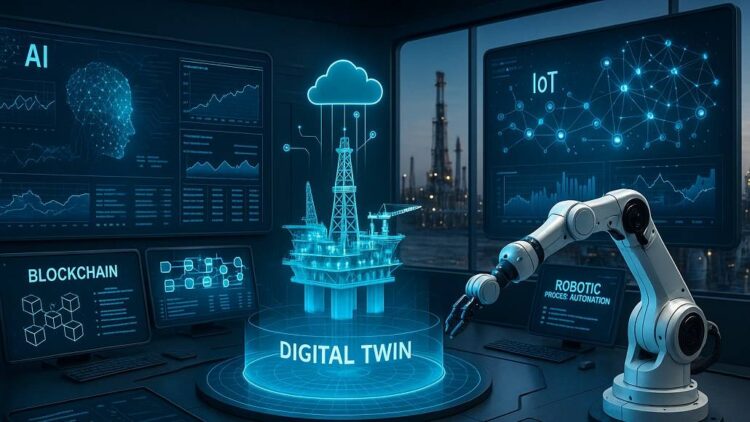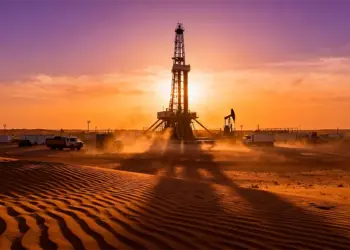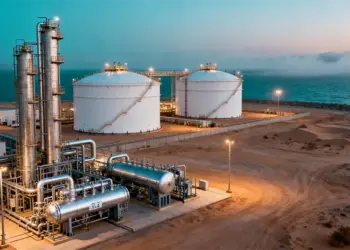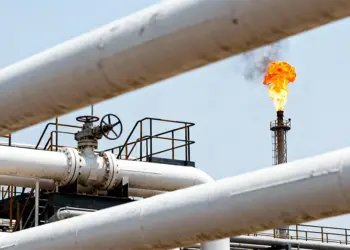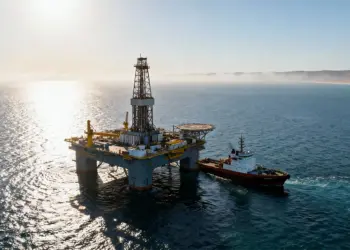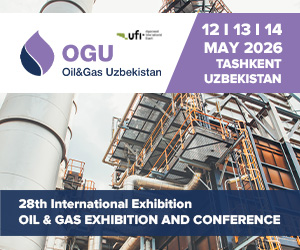The oil and gas industry has long been a cornerstone of the global energy economy. But with the industry facing growing pressures, such as intensifying safety issues, intricate operational requirements, and the imperative for sustainability, digital transformation is now a necessity. New technologies are making operations safer, quicker, and more efficient, transforming how the industry explores, produces, and distributes. Through the incorporation of sophisticated tools, the oil and gas industry has started redefining productivity, cost-effectiveness, and environmental conservation.
Digital Transformation Technologies
Digital transformation technologies have emerged as a game-changer for the oil and gas industry. Not only are they making the operations leaner, they are also making them more sustainable and responsive to the changing needs of the energy industry. The following are the top developments driving the change in the industry:
- Artificial Intelligence
Artificial intelligence (AI) is a strong driver of operational effectiveness and decision-making. AI-based systems examine massive datasets and provide actionable insights to optimize drilling, refining, and production operations in real time.
For exploration activities, AI is used to analyze geophysical data to find possible oil deposits more accurately than ever. This reduces the risk of unnecessary drilling and saves time and money. Likewise, in predictive maintenance, AI routines investigate equipment capabilities and can recognize potential failures before they occur. This helps reduce downtime and enhance safety.
Also, AI enhances the automation of mundane work so that human employees can work on high-value and complex work. Through facilitating better, data-informed decisions, AI is opening the door to a safer and more efficient transforming oil and gas operations.
- Blockchain
Blockchain technology, as initially linked to cryptocurrency, is now being harnessed to solve a number of issues in the oil and gas industry. Its distributed ledger system delivers both transparency and traceability, as well as security for processes or transactions. A key application of blockchain that is highly useful concerning oil and gas operations is supply chain management. Blockchain dramatically improves supply chain management through to monitoring the movement of crude oil and confirming contract specifications. Blockchain removes inefficiencies from processes and minimizes the potential for fraud. Another important area of application is in compliance reporting. Through blockchain, there is an immutable record of emissions and other environmental data, making it easier for companies to report to regulators and be accountable.
Another use of blockchain is in joint ventures and partnerships, where several parties need to agree on and share data while performing various functions together. Blockchain delivers a secure, visible space that builds trust and moves the entire team toward efficiencies.
- Digital Twin
Digital twin provides a qualitative leap in the oil and gas industry. For this purposes a digital twin is a virtual representation of coherent product specifications, production characteristics for physical assets, processes, or systems. By modeling real-life conditions, it can provide important insight that improves decision-making and operational productivity.
In offshore drilling, for example, digital twins can provide real-time insight into equipment performance and environmental conditions. This foresight capability, together with improved information-sharing, will help to predict and eliminate risks that improve safety. Similarly, digital twins in refining and processing plants help to optimize production by identifying inefficiencies and providing input to remedy them.
Besides supporting operational productivity, digital twins can also be used for training purposes. Engineers and technicians can use the virtual model to run multiple scenarios that give them the information and skills to apply to complex problems.
- Robotic Process Automation
Robotic process automation (RPA) is changing back-office workflows in the oil and gas industry, appropriately automating mundane clerical tasks to significantly remove human error and improve processes. For example, RPA robots routinely perform workflow management to enter documentation, billing and regulatory reports. This enables organizations to process vast amounts of data in a timely manner with precision. Apart from that, RPA facilitates integration of legacy systems with emerging technologies to enable a smooth transition in digital transformation.
Although commonly regarded as a back-office solution, the applicability of RPA is also potentially viable for on-site implementation, including automating routine inspection and data logging.
- Cloud Computing
Cloud is part of the modernization of the infrastructure and operations in the oil and gas industry. Cloud technologies enable data storage and computation to converge in one platform available to access on-demand, scale, and save costs.
Cloud computing allows authorized access to data at the same time, around the world, for every stakeholder. This capability is helpful in exploration and production (E&P) operations where a team of personnel, working in isolated and geographically distant locations, needs access to pertinent information.
Cloud solutions can provide enhanced cybersecurity with enhanced encryption and access control. The varying stakes of operational and financial information held in IT systems,, for example, are now less susceptible to cyberattacks.
- Internet of Things (IoT) and Industrial Internet of Things (IIoT)
The use of IoT (or IIoT) has greatly improved the ability to monitor and manage physical objects and assets in the oil and gas space. With the deployment of sensors onto storage tanks, pipelines and machinery, operators can gain real-time information on temperature, pressure etc.
This information can also be applied to the predictability of equipment failure, the utilization of assets and also ensures compliance to HSE regulations such as limits to emissions. For example, IIoT sensors on pipelines can detect any leaks or anomalies within pipelines, which would allow operators to act quickly and mitigate any risk related to spills or environmental damage.
Significantly, IoT can allow for remote observation and remote-control functions, which effectively reduces the number of staff on-site in dangerous conditions or insecure operating conditions. Decreasing the number of people on-site decreases risk, increases HSE, and it also reduces costs to operate.
- Robotics and Drones
Robotics and drones are transforming field operations in the oil and gas environment. They play a valuable role in dangerous conditions, particularly where human presence poses a significant risk.
Robotic applications include underwater inspections, pipeline repairs, and equipment servicing. Unlike robots, human workers have a finite amount of time that they can work before physically tiring. Artificial intelligence allows robots to be more time-efficient and can produce better accuracy.
Drones with sophisticated cameras and sensors are capable of aerial inspections of storage tanks, pipes, and warehouses, providing high-quality data that can be inspected to find structural Issues and operational inefficiencies.
- Virtual and Augmented Reality
Virtual and augmented reality is changing training and operational activities in the oil and gas sector. The technologies can provide virtual immersive experiences, resulting in better learning and awareness of one’s surroundings. In training regimes, employees can practice complex activities in safe, contained environments using VR simulators and be fully prepared for the real uncertainty without being placed at risk. AR similarly allows employees to have real-time instructions using digital instructions which are displayed against the physical environment when servicing or changing equipment.
AR can also allow for remote work, where a subject matter expert can provide virtual guidance to technicians on-site, reducing downtime and improving accuracy before an individual fulfills a mission-critical task.
- 3D Printing
3D Printing transforms the manufacturing of spare parts and equipment of the oil and gas industry. Essentially, it allows for components to be made on demand with a minimal lead time and less storage cost.
For example, offshore structures can use 3D printers to create replacement components on demand, without lengthy supply-chain processes. This is especially true in remote locations where logistical issues are often the reason for repair and maintenance delays.
3D printing also affords the ability to customize the parts to meet specific operational needs. The technology speaks to sustainability by producing less waste in the manufacturing process.
Table: Advancements in Digital Transformation
To illustrate the impact of these technologies, the following table summarizes their applications and benefits:
| Technology | Application | Key Benefits |
| Artificial Intelligence | Predictive maintenance, data analysis | Reduced downtime, optimized decision-making |
| Blockchain | Supply chain management, compliance | Enhanced transparency, reduced inefficiencies |
| Digital Twin | Real-time monitoring, scenario simulation | Improved safety, operational optimization |
| Robotic Process Automation | Administrative tasks, documentation | Increased accuracy, streamlined workflows |
| Cloud Computing | Data storage, remote collaboration | Scalability, better data accessibility |
| IoT & IIoT | Asset monitoring, leak detection | Improved safety, reduced operational costs |
| Robotics & Drones | Inspections, repairs | Enhanced safety, increased efficiency |
| Virtual/Augmented Reality | Training, remote assistance | Improved learning, situational awareness |
| 3D Printing | Manufacturing spare parts | Reduced lead times, minimized waste |
Conclusion: Transforming Oil and Gas Operations with Technology
The oil and gas industry stands on the verge of a transformative future to the extent in which digital transformation technology is so widely adopted. These new technologies not only facilitate safer and quicker operations but also transform efficiency and sustainability. Artificial intelligence and blockchain to robotics and 3D printing, every technology is an integral part of innovation in the landscape transforming oil and gas operations.
As the industry continues to evolve, the combination of oxygen leveraging these technologies will become more efficient, and we will see an industry operating as it never has before through safety, speed, and productivity. For companies, this will not be an optional evolution but a requirement to learn, operate and thrive in a transformational environment.


